Can cauliflower be planted in the shade?
Along with white cabbage, gardeners often plant cauliflower. Whether she loves the shade or the sun is a burning question. The culture is considered light-loving, but shade-tolerant. It grows better in sunny areas. Shading inhibits its development.
Sun or shade?
Many people stop growing cauliflower because they are not getting the harvest they need. Culture is considered capricious and requires increased attention. Its main problem is the looseness of the heads.
Cauliflower needs fertile soil, abundant watering and sun to thrive.
Planting a vegetable in the shade is undesirable, but if the sunny areas are already occupied, you can. Cauliflower is not as demanding on lighting as tomatoes or melons. It belongs to shade-tolerant plants. In other words, it grows in the shade, but develops more slowly.
How to plant cauliflower to get a good harvest:
- Give preference to an open area.
- Apply fertilizer.
- Be sure to lime acidic soil.
The culture does not grow well in acidic soil, does not tie heads. Also, a lack of yield is often associated with a lack of boron and molybdenum. To stimulate the ovaries, grown plants are fed with Boroplus, Gumat + 7, Fertika Lux or analogs.
The subtleties of growing
Most gardeners grow cauliflower through seedlings. This makes it possible to harvest an early harvest. But it can also be sown outdoors. The event is scheduled for early May. The seed is sown densely in rows in the sun. 2 weeks after germination, the seedlings are distributed among the holes.
In order for the cabbage to be born, you need to consider some subtleties:
- The choice of the variety. Pay attention to where the variety is bred. If in the south, then there is a high probability that in the middle lane he will not tie heads. Give preference to proven varieties such as Guarantee, Skywalker, Koza-Dereza, Fremont, Françoise.
- Good predecessor. It is recommended to plant cabbage in an area where carrots, cucumbers, or, in extreme cases, tomatoes and onions were previously grown. All cruciferous plants are considered bad predecessors.
- Top dressing. Cauliflower must be fed at least once per season. For this, organic fertilizers and biological preparations are used: "Profi-Fan", "Boroplus", nettle infusion, chicken manure solution.
- Abundant watering. Cabbage is very moisture-loving. Therefore, it should be watered regularly (1-2 times a week), sparing no water. It is optimal to use settled warm water. It is poured into holes with high sides. When all the moisture is absorbed, watering is repeated.
- Protection of heads of cabbage. So that the growing heads of cabbage do not darken and do not deteriorate from rain and sun, they are covered with leaves. You can fasten the large leaves with a clothespin or break and lay one large cabbage leaf on top.
- Harvesting. Harvest the cabbage as the weight of the heads increases. Usually the mass gathering takes place at the end of August. But it also happens that at the end of summer the heads are still small. In this case, they are left to ripen in September, and sometimes October. Frosts are not terrible for an adult plant.
Plant marigolds around the cabbage patch. They will scare off pests - cruciferous flea beetle and cabbage white beetle. And for the prevention of slugs, sprinkle the cabbage leaves with ashes.
With due attention to soil enrichment, top dressing and watering, cauliflower can be grown in the shade. Dig up the earth with sand, biohumus, peat, ash. Plant the seedlings 50 cm apart. On the 10th day, feed with a solution of droppings, after another 2 weeks - with herbal infusion. If 10-12 leaves are formed, spray the leaves with flower fertilizers or boron preparations.Water the cabbage regularly and abundantly. A rich harvest will not be long in coming!
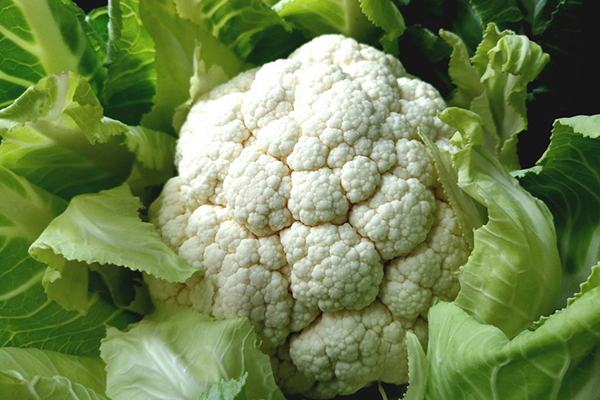
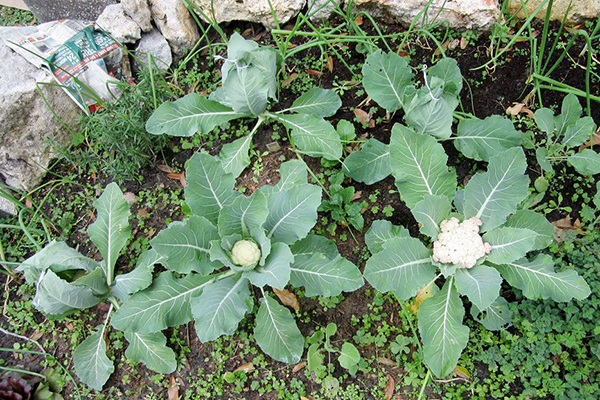

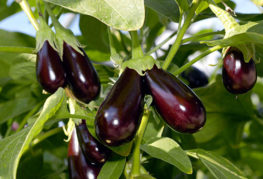
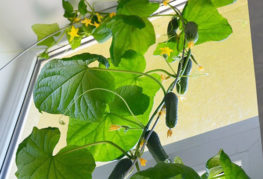
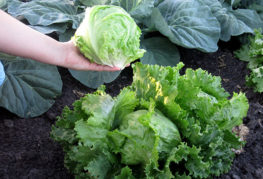
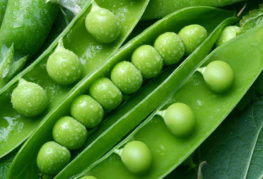
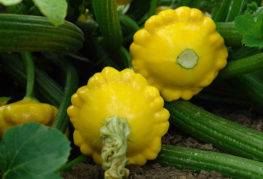
and will be published shortly.